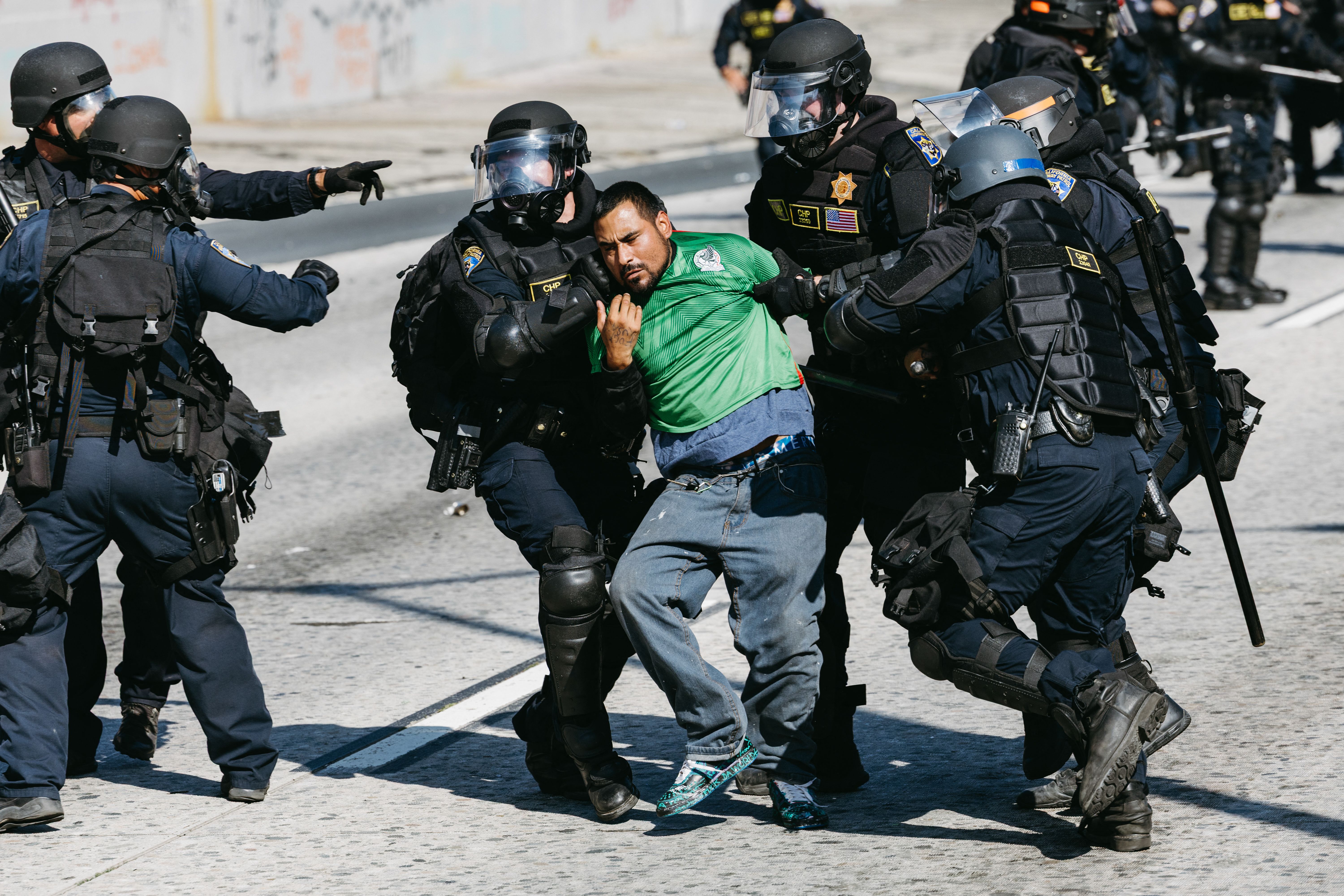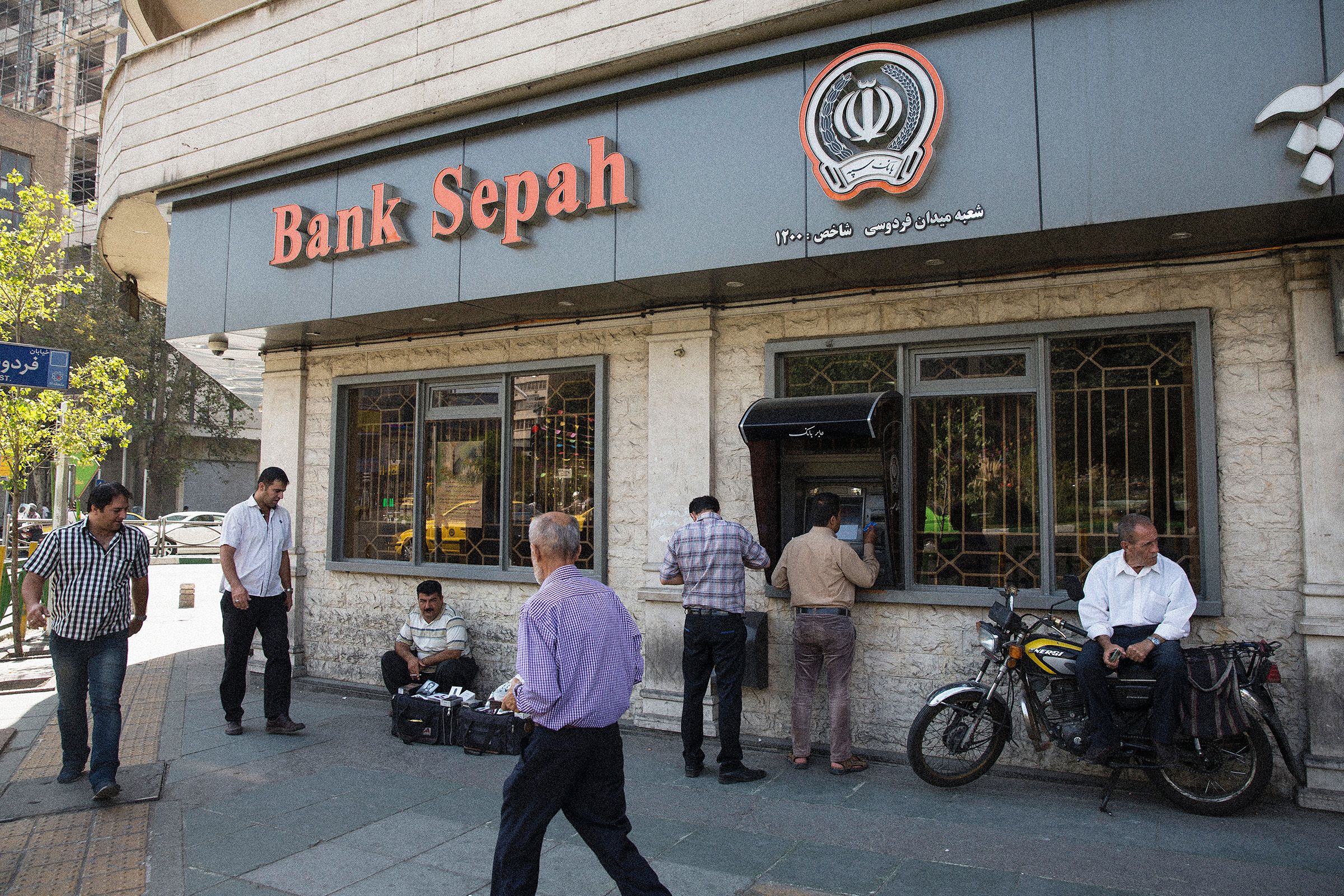Social Media Is Now a DIY Alert System for ICE Raids
Social Media Is Now a DIY Alert System for ICE Raids
In recent years, social media platforms have become a crucial tool in alerting community members about ICE raids. Instead of relying…

Social Media Is Now a DIY Alert System for ICE Raids
In recent years, social media platforms have become a crucial tool in alerting community members about ICE raids. Instead of relying solely on traditional news sources or official announcements, individuals are turning to platforms like Twitter, Facebook, and Instagram to share real-time information about immigration enforcement activities.
Through hashtags such as #ICEraids and #KnowYourRights, users are able to quickly spread the word about raids happening in their neighborhoods. This grassroots approach has led to increased awareness and mobilization within immigrant communities, helping individuals and families avoid being caught off guard by ICE agents.
With the rise of smartphone technology, anyone with access to a mobile device can now participate in this DIY alert system. By sharing location-specific updates and live video streams, users are able to provide invaluable support to those at risk of deportation.
However, the use of social media as an alert system is not without its challenges. False alarms and misinformation can spread rapidly, causing panic and confusion among vulnerable populations. It is important for users to verify information before sharing it and to prioritize the safety and privacy of those affected by ICE raids.
Despite these challenges, the DIY alert system on social media has proven to be a powerful tool in the fight against unjust immigration policies. By amplifying the voices of those directly impacted by ICE raids, individuals are able to organize and resist in ways that were not possible before the advent of social media.
As the landscape of activism continues to evolve, social media will likely play an increasingly important role in alerting communities about ICE raids and other forms of oppressive state violence. By harnessing the power of digital networks, individuals have the ability to stand in solidarity with one another and demand justice for all.






